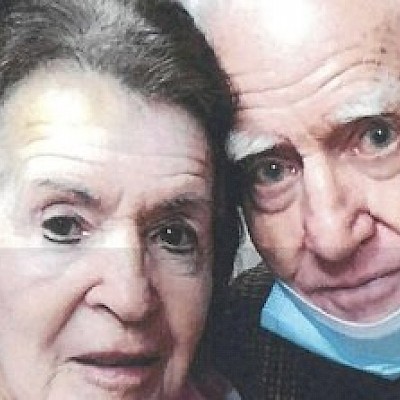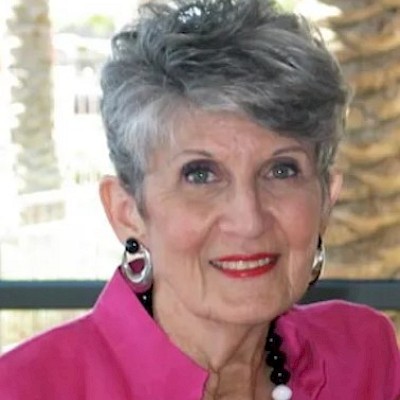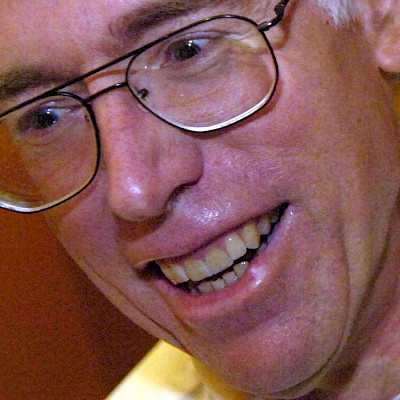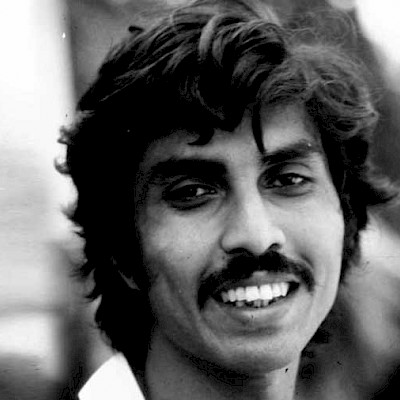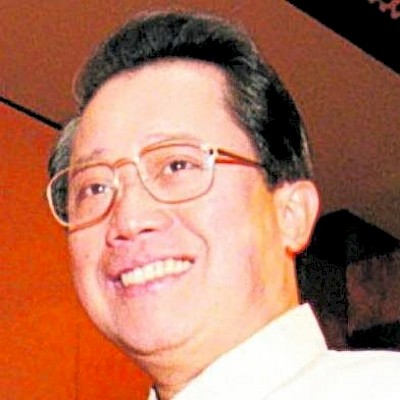
Mike Marley
Mike Marley, who went from Reno to the highest levels of professional boxing and won an Emmy for his work with legendary broadcaster Howard Cosell, died March 2 in Cape Cod, Mass., after battling Parkinson's disease.
He was 72.
Marley moved to Reno from Massachusetts to box for Jimmy Olivas at the University of Nevada, Reno, where he studied journalism.
As a teenager, Marley had been president of a Muhammad Ali fan club. He met Ali before his rematch with Sonny Liston in May 1965 in Lewiston, Maine, which Ali won via first-round knockout.
After leaving Reno, Marley went on to work as a sportswriter for the Las Vegas Sun, according to the Nevada Boxing Hall of Fame, and later for the New York Post, mainly covering boxing.
According to a story-filled obituary from Phil Mushnick in the New York Post, and other accounts, Marley left the Post after 13 years to work for Cosell on ABCs "SportsBeat" TV show, while also attending Fordham Law School. He won an Emmy while working as a producer for "SportsBeat."
He later became a criminal defense attorney. His slogan was, "Reasonable doubt for a reasonable price."
In 1992, Marley went to work doing publicity for boxing promoter Don King, who was Ali's manager.
In 1997, he left to become the manager for boxer Terry Norris. Norris had been set to fight Oscar De La Hoya, but lost a tune-up fight and never faced De La Hoya.
Boxing matchmaker Eric Bottjer wrote that Marley "was pure New York Post — brash and funny, usually with a wink." He said Marley was quick-witted but had a deeper side and was never mean-spirited.
In 2015, the RGJ spoke with Marley prior to the U.S. Olympic Trials coming to Reno in a story chronicling the Biggest Little City's rich history with the sport of boxing.
In the story, Marley spoke about Cuban heavyweight Teofilo Stevenson — a three-time Olympic gold medalist who was arguably the greatest amateur to fight in Reno.
“This guy was like Franklin D. Roosevelt, he was in power so long,” Marley said in the story. “For 16 years, from 1970 to 1986, he was the top amateur in the world. There was all this speculation about how he would have fared against Muhammad Ali.
"When he fought his last fight against Alex Garcia (in Reno in 1986), he had more belts than Macy’s department store.”
Mike Marley, who went from Reno to the highest levels of professional boxing and won an Emmy for his work with legendary broadcaster Howard Cosell, died March 2 in Cape Cod, Mass., after battling Parkinson's disease.
He was 72.
Marley moved to Reno from Massachusetts to box for Jimmy Olivas at the University of Nevada, Reno, where he studied journalism.
As a teenager, Marley had been president of a Muhammad Ali fan club. He met Ali before his rematch with Sonny Liston in May 1965 in Lewiston, Maine, which Ali won via first-round knockout.
After leaving Reno, Marley went on to work as a sportswriter for the Las Vegas Sun, according to the Nevada Boxing Hall of Fame, and later for the New York Post, mainly covering boxing.
According to a story-filled obituary from Phil Mushnick in the New York Post, and other accounts, Marley left the Post after 13 years to work for Cosell on ABCs "SportsBeat" TV show, while also attending Fordham Law School. He won an Emmy while working as a producer for "SportsBeat."
He later became a criminal defense attorney. His slogan was, "Reasonable doubt for a reasonable price."
In 1992, Marley went to work doing publicity for boxing promoter Don King, who was Ali's manager.
In 1997, he left to become the manager for boxer Terry Norris. Norris had been set to fight Oscar De La Hoya, but lost a tune-up fight and never faced De La Hoya.
Boxing matchmaker Eric Bottjer wrote that Marley "was pure New York Post — brash and funny, usually with a wink." He said Marley was quick-witted but had a deeper side and was never mean-spirited.
In 2015, the RGJ spoke with Marley prior to the U.S. Olympic Trials coming to Reno in a story chronicling the Biggest Little City's rich history with the sport of boxing.
In the story, Marley spoke about Cuban heavyweight Teofilo Stevenson — a three-time Olympic gold medalist who was arguably the greatest amateur to fight in Reno.
“This guy was like Franklin D. Roosevelt, he was in power so long,” Marley said in the story. “For 16 years, from 1970 to 1986, he was the top amateur in the world. There was all this speculation about how he would have fared against Muhammad Ali.
"When he fought his last fight against Alex Garcia (in Reno in 1986), he had more belts than Macy’s department store.”
•
Remembering Mike Marley
Use the form below to make your memorial contribution. PRO will send a handwritten card to the family with your tribute or message included. The information you provide enables us to apply your remembrance gift exactly as you wish.





